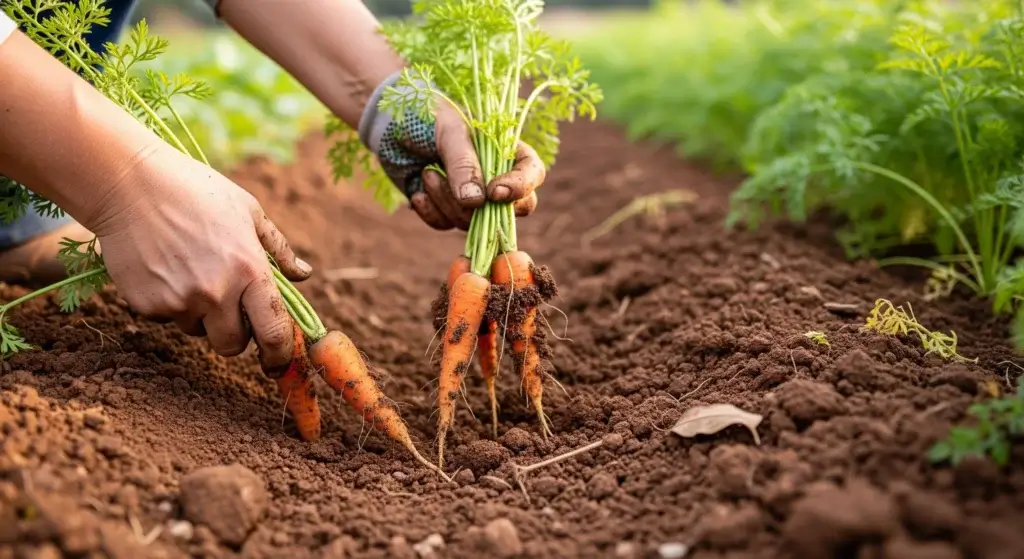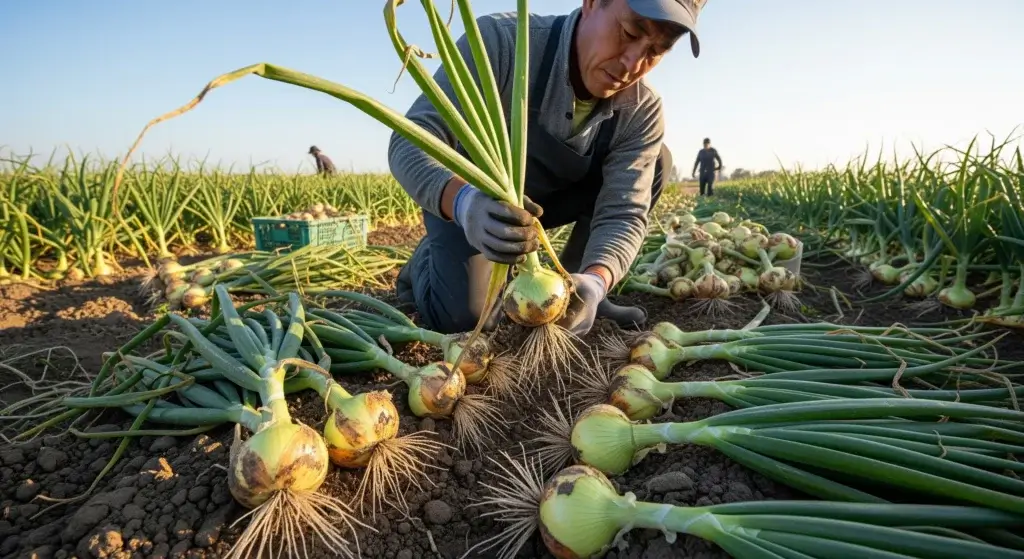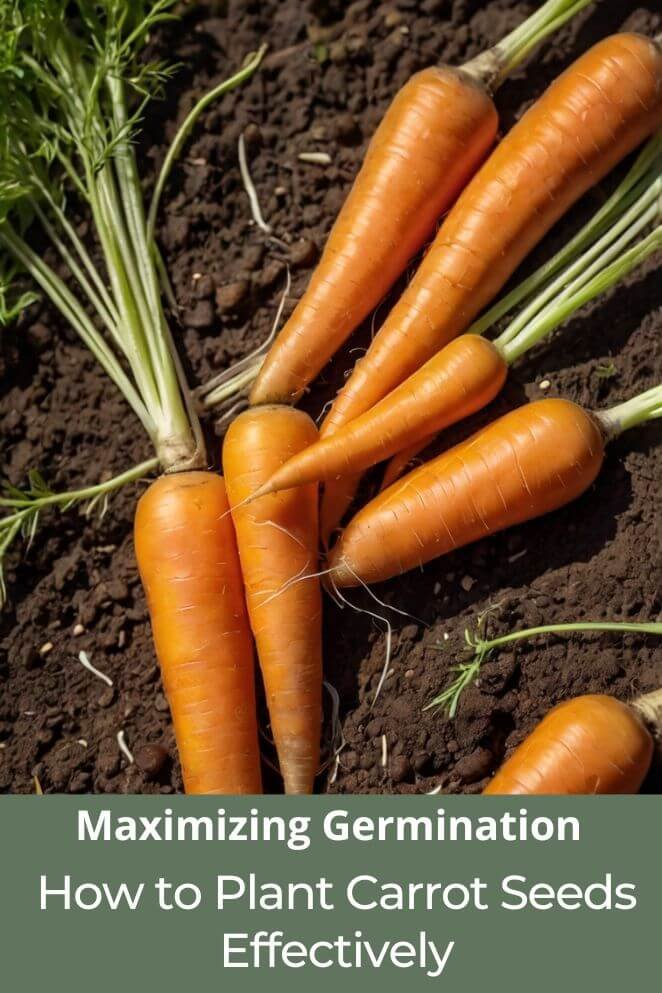
Carrots are a beloved garden vegetable, known for their sweet crunch and vibrant orange hue.
Whether you’re a beginner gardener or an experienced grower, learning the proper way to plant carrot seeds is essential to ensure a bountiful harvest.
In this guide, we’ll walk you through everything you need to know, from understanding carrot seeds to troubleshooting common problems.
Let’s get started!
Understanding Carrot Seeds
Before planting, it’s important to understand the characteristics of carrot seeds and the different types of carrots you can grow.
Types of carrots
Carrots come in many shapes, sizes, and even colors, each with unique qualities.
Here are some popular types:
- Imperator: These are long, slender carrots with a smooth texture, perfect for eating fresh or juicing.
- Nantes: Cylindrical and sweet, these carrots are easy to grow in most soils and are great for snacking or cooking.
- Chantenay: Short and thick, these carrots thrive in heavy or rocky soils, making them a good choice for challenging garden spots.
- Danvers: These are robust, tapered carrots known for their excellent storage qualities and adaptability.
- Rainbow carrots: A colorful mix of purple, yellow, white, and orange carrots that not only brighten your garden but also add variety to your meals.
Seed characteristics
Carrot seeds are small, lightweight, and a bit tricky to handle, especially when planting.
Germination takes anywhere from 7 to 21 days, depending on the soil temperature and moisture levels.
With hundreds of seeds in a single packet, you’ll have plenty to sow, even if you’re starting a large garden.
- Read also: Carrot Plant Fertilization: Tips for Optimal Harvests for Gardener
- Read also: The Hidden Dangers: Common Carrot Diseases and Pests
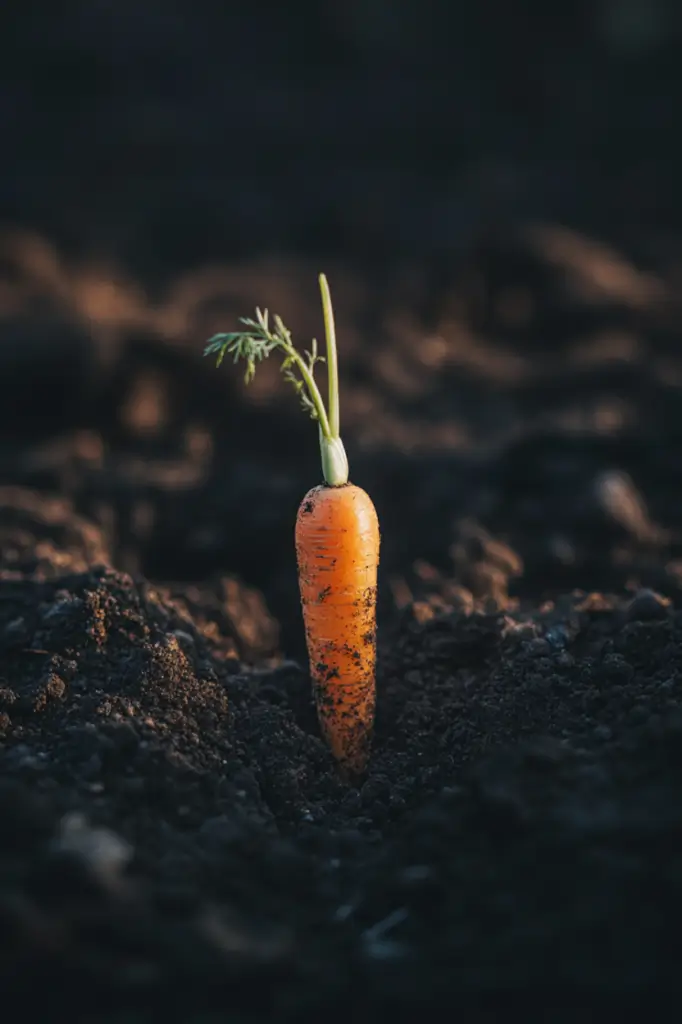
Preparing the Soil
Good soil preparation is key to growing healthy, straight, and delicious carrots.
If the soil isn’t well-prepared, you might end up with stunted or misshapen roots.
Here’s how to get it right:
Soil requirements
- pH level: Carrots grow best in soil that’s slightly acidic to neutral, with a pH between 6.0 and 6.8.
- Texture: Loose, sandy loam is ideal. Hard, clay-filled, or rocky soil can block roots from growing properly.
- Drainage: Carrots hate soggy soil! Make sure the soil drains well to avoid root rot.
Soil Preparation
- Loosen the soil: Till the soil to a depth of 12 inches to allow roots to grow freely.
- Remove rocks and debris: Stones can cause carrots to grow crooked or forked.
- Enrich the soil: Mix in compost or well-rotted manure to improve soil structure and fertility. Avoid fresh manure, as it can cause root splitting.
Sowing the Seeds
Planting carrots correctly is just as important as preparing the soil.
Timing and proper sowing techniques will set the stage for a successful harvest.
Timing
Carrots are a cool-season crop, which means they grow best in moderate temperatures:
- Spring planting: Sow seeds 2–3 weeks before the last frost to give them a head start.
- Fall harvest: For a fall crop, plant seeds 8–10 weeks before the first frost in late summer.
Sowing depth
- Sow the seeds ¼ to ½ inch deep—not too deep, as carrot seeds need some light to germinate.
- Lightly cover the seeds with soil, making sure they’re protected but not buried too deeply.
Seed spacing
- Space seeds about 1–2 inches apart to give each plant room to grow.
- Once seedlings sprout, thin them out so there’s 2–3 inches between each plant. This ensures enough space for larger, well-formed carrots.
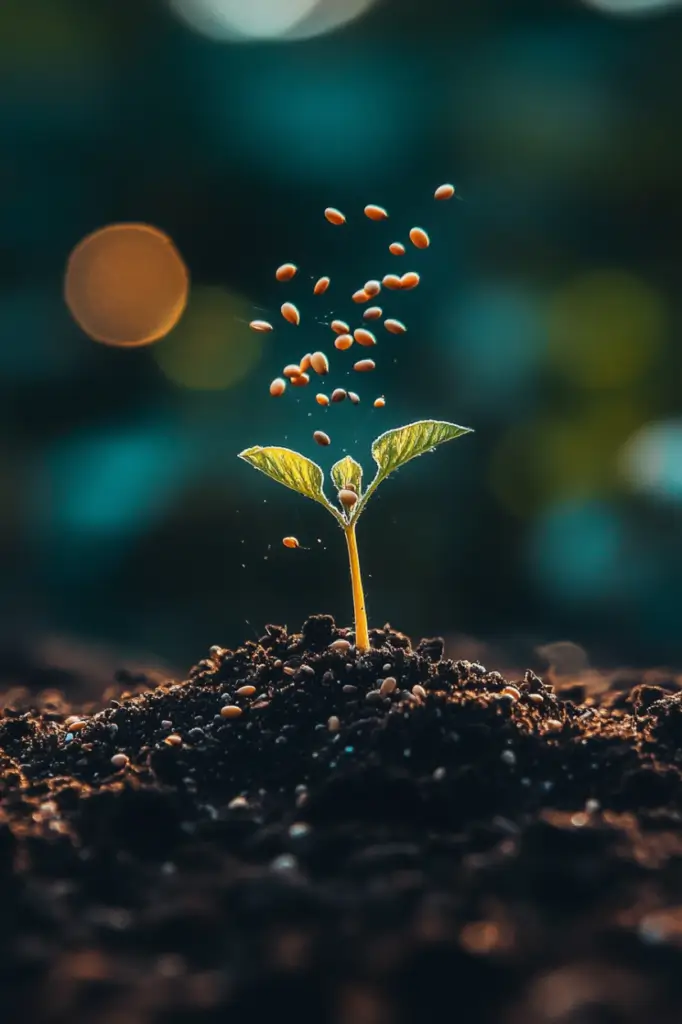
Caring for Carrot Seedlings
Once your carrot seeds are planted, providing the right care is essential for strong, healthy seedlings.
Here’s what you need to do to help them thrive:
Watering
- Keep the soil moist: During germination, the soil should be consistently moist, but not soggy.
- Water lightly and frequently: When the seeds are sprouting, water lightly and often to prevent the top layer of soil from drying out.
- Deep watering: Once the seedlings are established, water deeply about once a week to encourage strong root growth.
Thinning
- Remove smaller plants: When your seedlings reach about 2 inches tall, thin them out by gently pulling out the weaker plants. This prevents overcrowding, allowing the remaining carrots plenty of space to grow.
- Be gentle: Take care not to disturb the roots of nearby plants while thinning.
Weed Control
Weeds compete with your carrots for space and nutrients, so keeping them under control is important.
- Mulch: Use mulch to suppress weeds and keep the soil moist. This also helps maintain an even soil temperature.
- Hand-pulling: If you prefer not to use mulch, gently hand-pull weeds, being careful not to damage the delicate carrot roots.
Troubleshooting Common Carrot Problems
Even with the best care, your carrots may face a few challenges.
Here’s how to identify and handle common issues that might arise.
Pests and diseases
Aphids
These small insects can weaken your carrot plants by sucking out their sap.
- Solution: Spray them off with a strong jet of water or use insecticidal soap to get rid of them.
Fungal diseases
Fungal infections, like leaf blight, can affect your carrot plants, especially in humid conditions.
- Prevention: Ensure good air circulation around your plants and avoid overhead watering to keep leaves dry.
Carrot root fly
The carrot root fly is a serious pest that lays its eggs near carrot roots.
The larvae then feed on the roots, causing damage that can lead to poor growth or even plant death.
Prevention
- Use floating row covers to protect your plants from these flies.
- Rotate your crops every year to disrupt the pest’s life cycle.
- Avoid thinning your carrots in the evening, as the flies are most active at that time.
Solution: If you notice an infestation, remove the affected plants immediately and dispose of them far away from your garden to prevent the larvae from spreading.
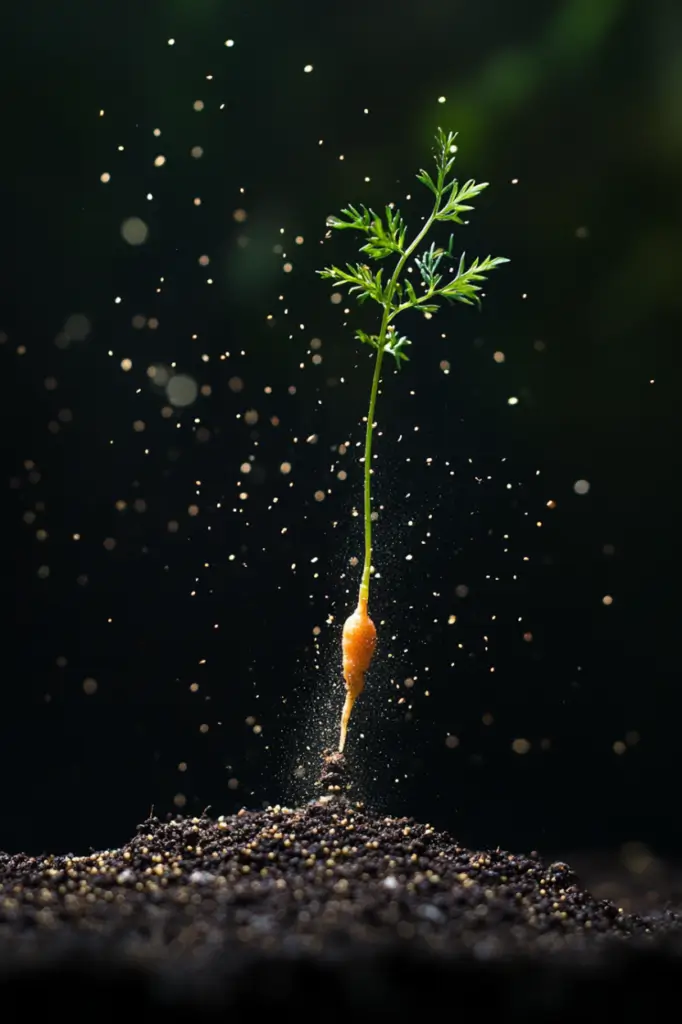
- Read also: Carrot Fly Damage: Understanding the Problem and Solutions
- Read also: Carrot Cyst Nematodes: What Every Gardener Should Know
Final Thoughts
Growing carrots from seed can be a rewarding experience, but it does require patience and attention to detail.
By understanding the needs of your carrot plants and addressing problems early, you can enjoy a plentiful harvest of sweet, crunchy carrots.
Gardening is a journey, and every season teaches you something new.
Don’t be afraid to experiment with different varieties and techniques to find what works best for you. Happy gardening!
FAQs
Carrot seeds take 7–21 days to germinate, depending on soil temperature and moisture levels.
Yes! Choose a deep pot (at least 12 inches) filled with loose, well-draining soil.
Carrots are usually ready to harvest 60–80 days after sowing. The tops of the carrots may start to show above the soil surface.
Forked carrots are often caused by rocky soil or overcrowding. Loosening the soil and proper spacing can prevent this.
Water carrots lightly during germination and deeply once a week after seedlings are established.

